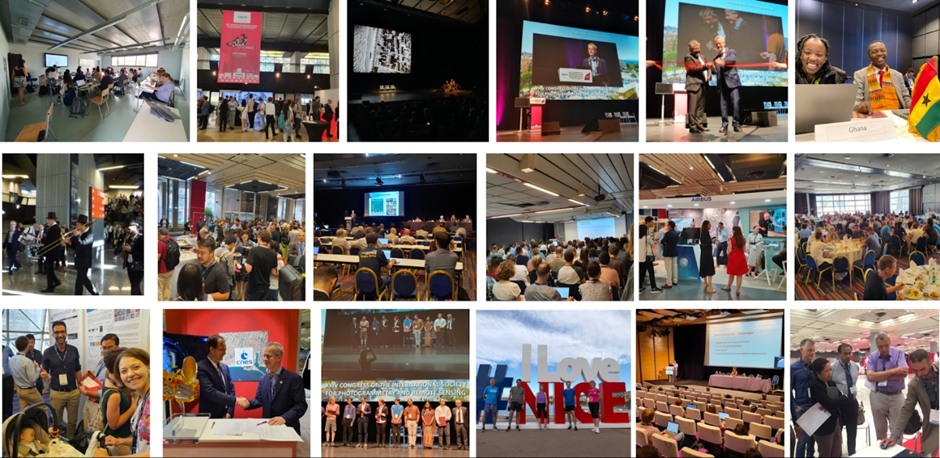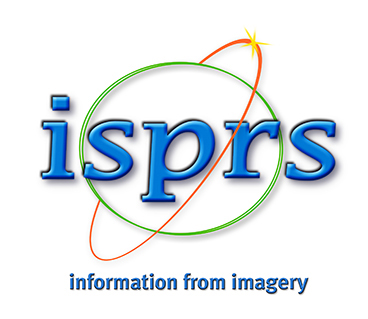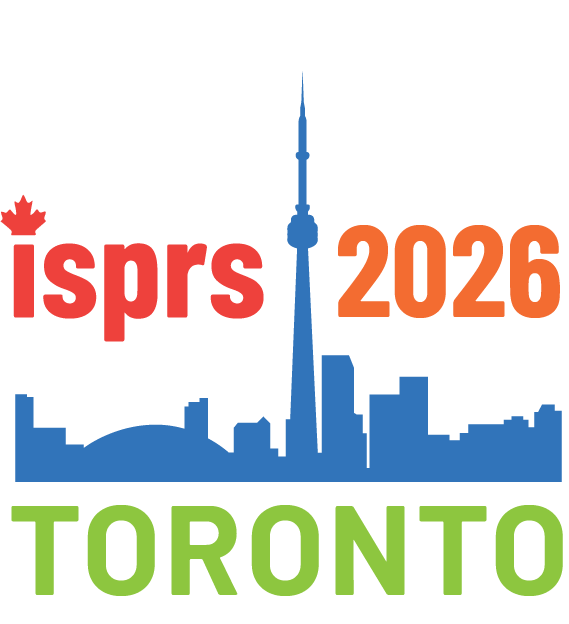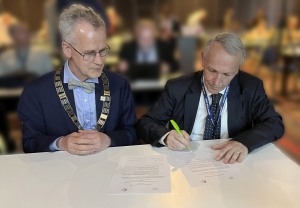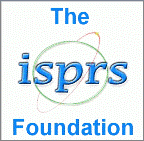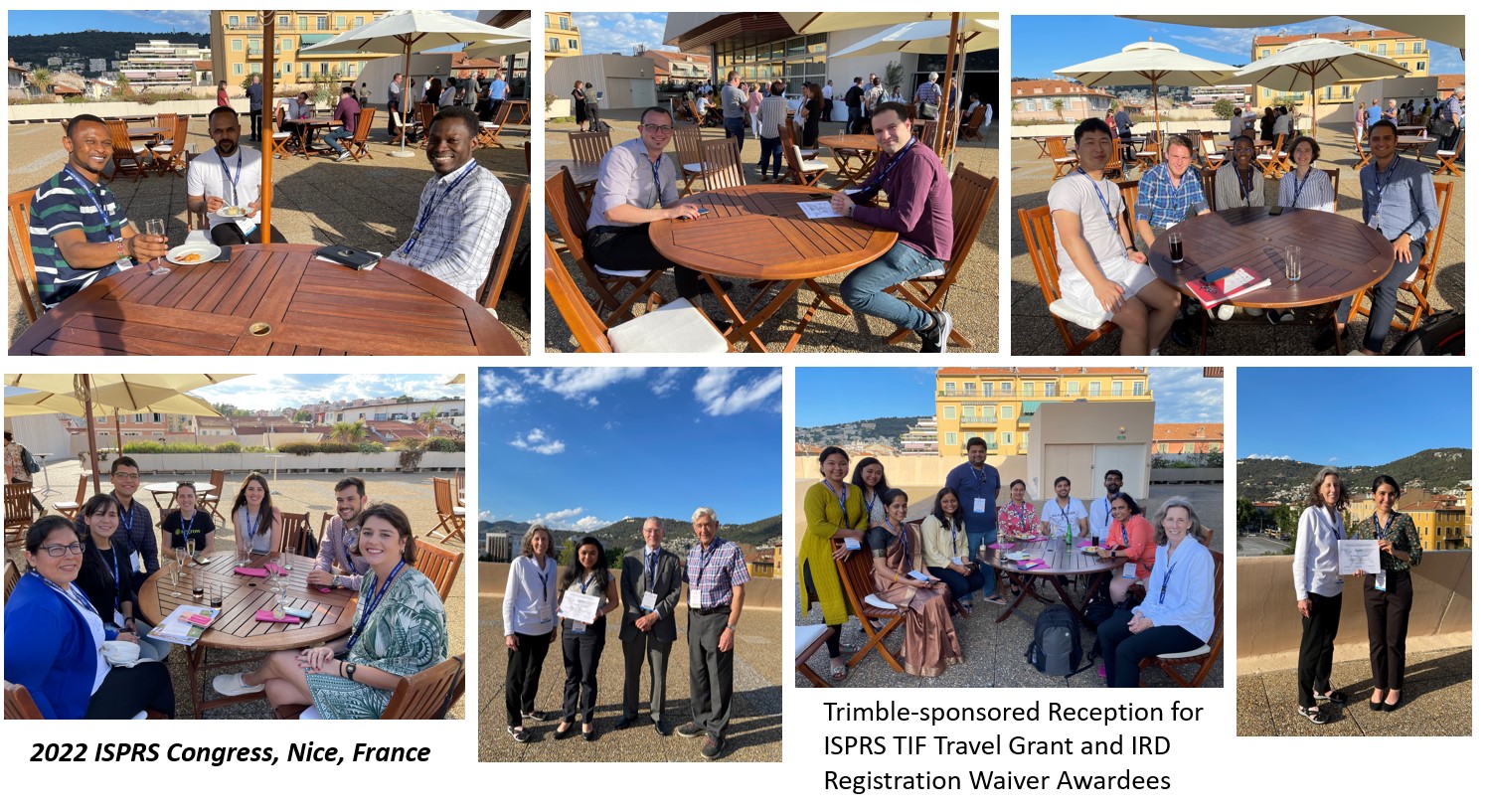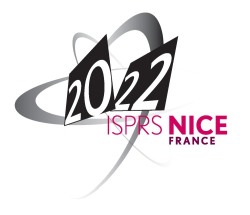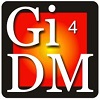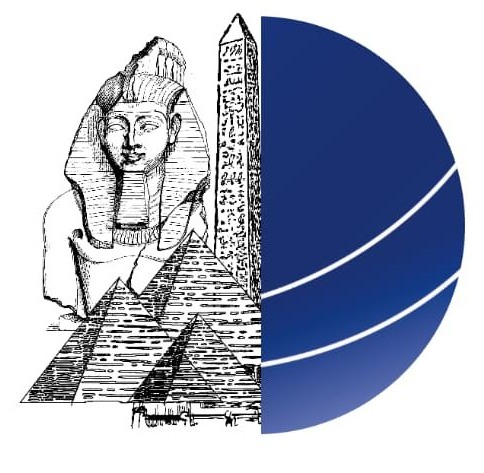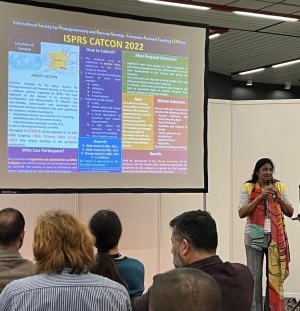

Congress
Dear Colleagues and friends,
The XXIV Congress is now over after a 6-year long preparation !
As you may know or have experienced, the 2022 ISPRS physical meeting in Nice was the third edition of the XXIV ISPRS Congress after the 2020 and 2021 digital events which were organised in place of the postponed physical meeting. Indeed, we have done everything possible to ensure scientific continuity during the pandemic, enabling our researchers and especially our PhD and master students to disseminate new knowledge, and get some feedback from discussions with experienced colleagues. To encourage this continuity, we have kept each registration alive for the 3 editions, thus one single registration giving access to up to 3 editions. We also wanted this event to be inclusive. Indeed, we have offered very early bird rates and quite a number of fee waivers to allow many colleagues and especially young colleagues across the world to attend the Congress.
For many of us, this Nice meeting was the first large geospatial physical event since the beginning of the pandemic. We thoroughly enjoyed networking again and meeting our colleagues from all over the world, although many colleagues could not join because of their national travelling policies.
The Nice meeting had a rich programme with, of course, science at the centre, but not just limited to science. Indeed, one of ISPRS’ main missions, beyond extending the frontier of knowledge, is to address both science and technology together, and to keep a strong link between academia, agencies and industry. Besides the scientific tracks and sessions of the five ISPRS commissions and the plenary sessions, featuring the keynote and the award ceremonies, we also enjoyed the exhibition, allowing us to meet our colleagues from Industry, a new technology track, allowing our sponsors to present their latest technologies, and also a very exciting forum track with ten half-day sessions over the 6 days of the Congress, where hot topics were discussed to better enable our community to respond to the challenges that our world is currently facing.
Now some quick numbers on this Congress : 3 editions, one General Assembly in the 2022 edition with 29 Ordinary members represented in person and around 25 participants remotely, 2700+ participants, 3400+ submitted contributions from over 80 countries, 16 keynote speakers from all the continents, 7000+ reviews performed, 1800+ oral or poster presentations and 2263 papers published in the Annals and Archives which are reference by Web of Science, Scopus and EI. I would like to warmly acknowledge the program chairs (Clément Mallet, Florent Lafarge, Ewelina Rupnik, Loïc Landrieu and Sander Oude Elberink), the ISPRS Commissions Presidents and officers, and all the reviewers who have done a tremendous job.
Throughout these 3 editions, we have experienced a new media complementary to the papers: the 10-minute pre-recorded videos, which were made open access on the ISPRS media library after the Congress. For the 3 editions, we have collected over 1500 videos. I believe they are going to be very useful and valuable for researchers to have a quick overview of the paper content but also for educational purposes. A survey carried out in 2021, with nearly 500 responses, already showed that they were much appreciated by our community.
With the experience we have now acquired, one question remains on the future shape and flavour of our large ISPRS events. Hybrid or not hybrid, that is the question. These large events are already very complex to organize. The additional complexity and costs of a hybrid format lead to real organizational challenges and a necessary change of economic model. Again, ISPRS is all about networking and sharing, and we believe that this can best be done in a physical meeting. In any case, finding the good settings for our future events will be a challenge that the future ISPRS Council will have to tackle with future event organisers and with the consent of the community.
At last, I would like to warmly acknowledge our institutional sponsors IGN, CNES, IRD, CNRS, INRIA and OGE, and the Order of French chartered surveyors, who have all been very supportive, but also and above all, our industry sponsors AIRBUS, Thales Alenia Space, esri, HEXAGON, MOMRA, Aerometrex, Agisoft, Piesat, PIX4D, RACURS, RIEGL, Trimble, VEXCEL and YellowScan, for their fidelity to ISPRS and to this XXIV Congress throughout these three editions.
All our wishes and encouragement now go to Derek Lichti, the new Congress Director, to the Canadian Remote Sensing Society, and to our Canadian colleagues and friends who will organise, we are sure, a very successful XXV Congress in Toronto in 2026.
Long live photogrammetry, remote sensing, and spatial information sciences!
Nicolas Paparoditis
Vice-President, ISPRS
Congress Director XXIV ISPRS Congress
